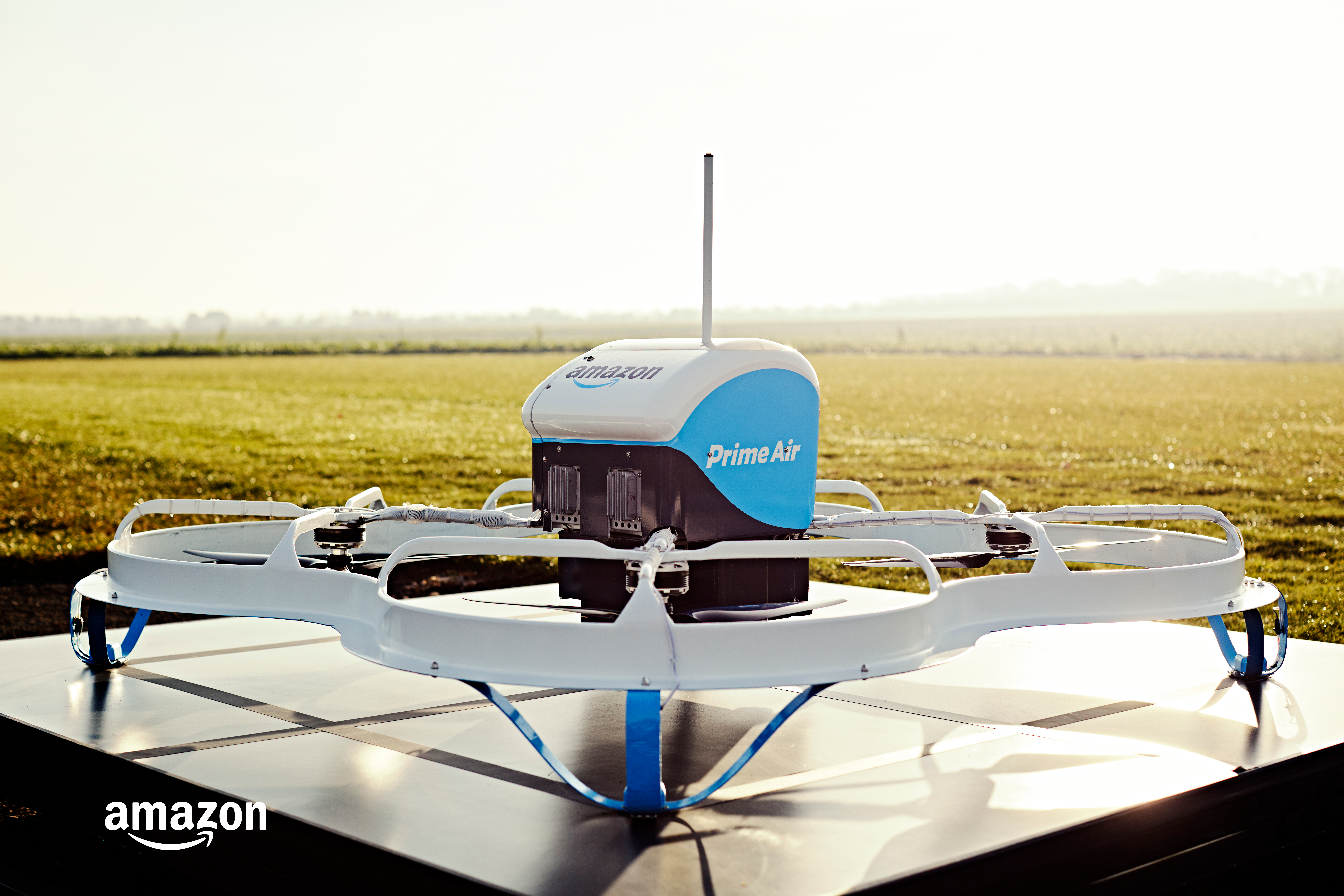The Experimental Aircraft Association (EAA) reiterated the need for unmanned aircraft systems (UAS/drones) to be safely and carefully integrated into the national airspace system (NAS) in comments filed on an Amazon Prime Air petition on Wednesday. The petition, which was filed in early August, asks for exemptions that would allow the company to conduct commercial delivery operations using drones under a Part 135 air carrier operating certificate. It also outlines Amazon’s plans for safe operation of such beyond visual line-of-sight (BVLOS) delivery flights. EAA’s comments emphasized that while it is open to the opportunities offered by UAS operations, it will not support actions that create “a burden to the general aviation community undertaken for the benefit of UAS interests.”
“EAA remains committed to the philosophy that UAS must be integrated into the airspace, with no concessions given to UAS that would encumber manned aircraft in any operation that is presently allowed, nor any equipment mandates imposed on manned aircraft beyond what is already required,” the organization stated in its comments. “Additionally, manned aircraft must have the right-of-way in all circumstances.” While EAA says it “believes that Amazon’s operating plan holds promise,” it also highlighted the need for FAA validation of the plan’s risk assumptions and suggested mitigation strategies.




































“Additionally, manned aircraft must have the right-of-way in all circumstances.”
Screw that robo-plane that just declared an emergency! (And its human cargo.)
Ain’t gonna work; totally without logical basis.
Bravo to the EAA for advocating for safe airspace for manned operations. It’s interesting that we haven’t heard a peep from AOPA on this issue. Perhaps they are pandering to UAS operators for membership and donations?
Remaining hopeful and confident in the future, I have a very bad feeling about this.
Collisions will be as common as between birds and aircraft unless the drones are forced to keep distance to any kind airfields and TMAs.
A drone hitting the windshield of an aircraft or the propeller/rotor, might very easily be fatal.
How to make drones know what areas to avoid?!
Do we prohibit airports in areas known to be frequented by birds?
All things that fly must share the airspace.
The notion of needing to deliver packages with a drone — other than in VERY specialized circumstances — is as nutty as needing to develop a supersonic airplane so wealthy folks can get someplace faster. At what point are “we” — whoever “we” is — going to realize that enough is enough?
The FAA has Mode C veils and Class B and Class C and >10K’ (rule) airspace to keep bug smashers away from commercial flight operations in large urban areas and to ensure that IF they’re there, a human is in firm communication with another human for positive control. I wonder if ADS-B wasn’t an early “scam” to make us all equip so the drones would know we’re there (with the proper sensing equipment). That’s likely why FAR 91.225 requires ADS-B to be “on” at all times even when NOT in rule airspace. Suspicious. I don’t envision needing a drone in Podunk, NE but do see lots of use in urban areas … the exact same area where the FAA wants GA to basically stay away. And now they want the ‘Fox’ to get into the henhouse. Are the people at NASA running the FAA now, too?
EAA is the only group who is doing anything positive for us IMHO, Ted. Things would be a lot different if only AOPA represented us … sadly. TBM drivers would do good … low end GA … not so much.
Won’t be long before another Miracle on the Hudson occurs … THIS time with a “hard” bird. I see that now some Company wants to power airplanes with compressed or liquid hydrogen. This whole thing is getting out of hand. No wonder folks are buying apartments in abandoned missile silos.